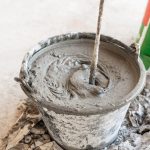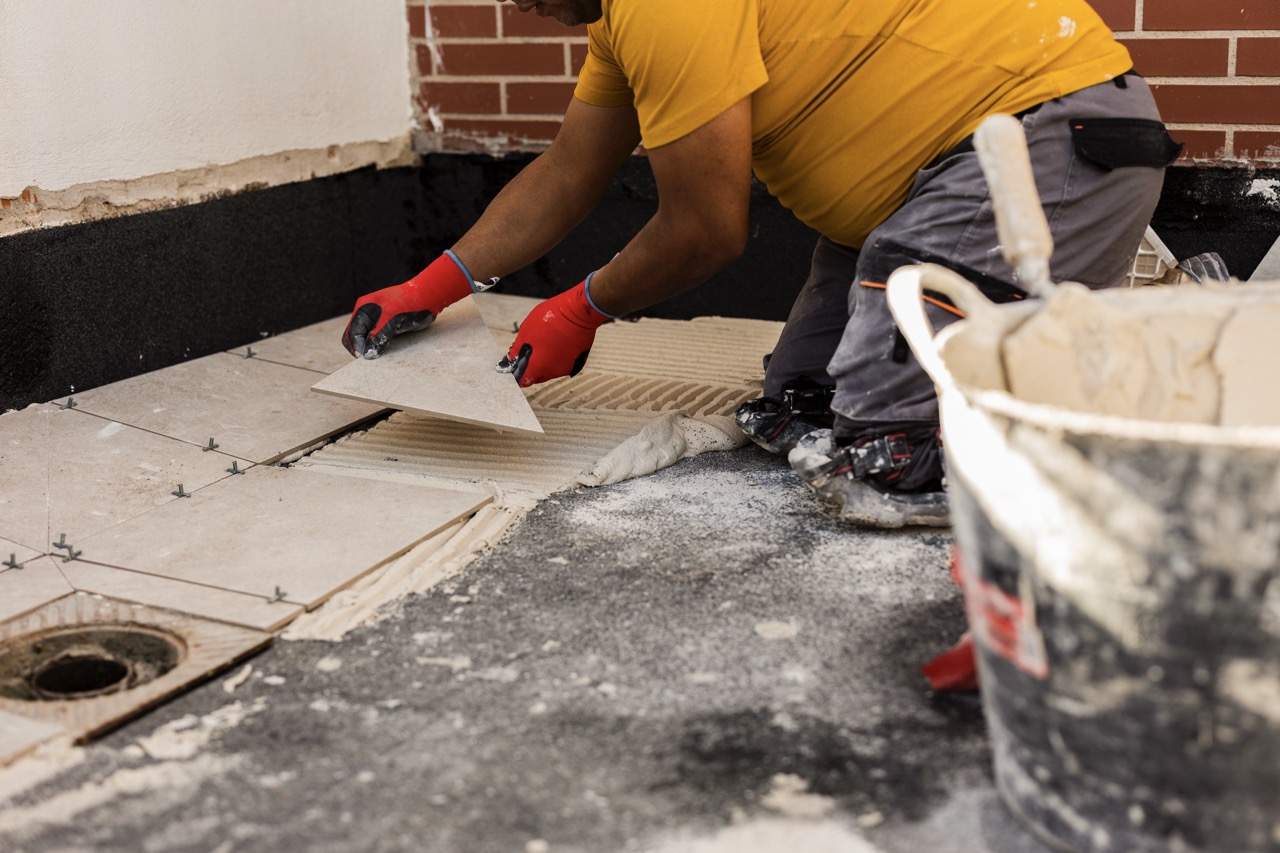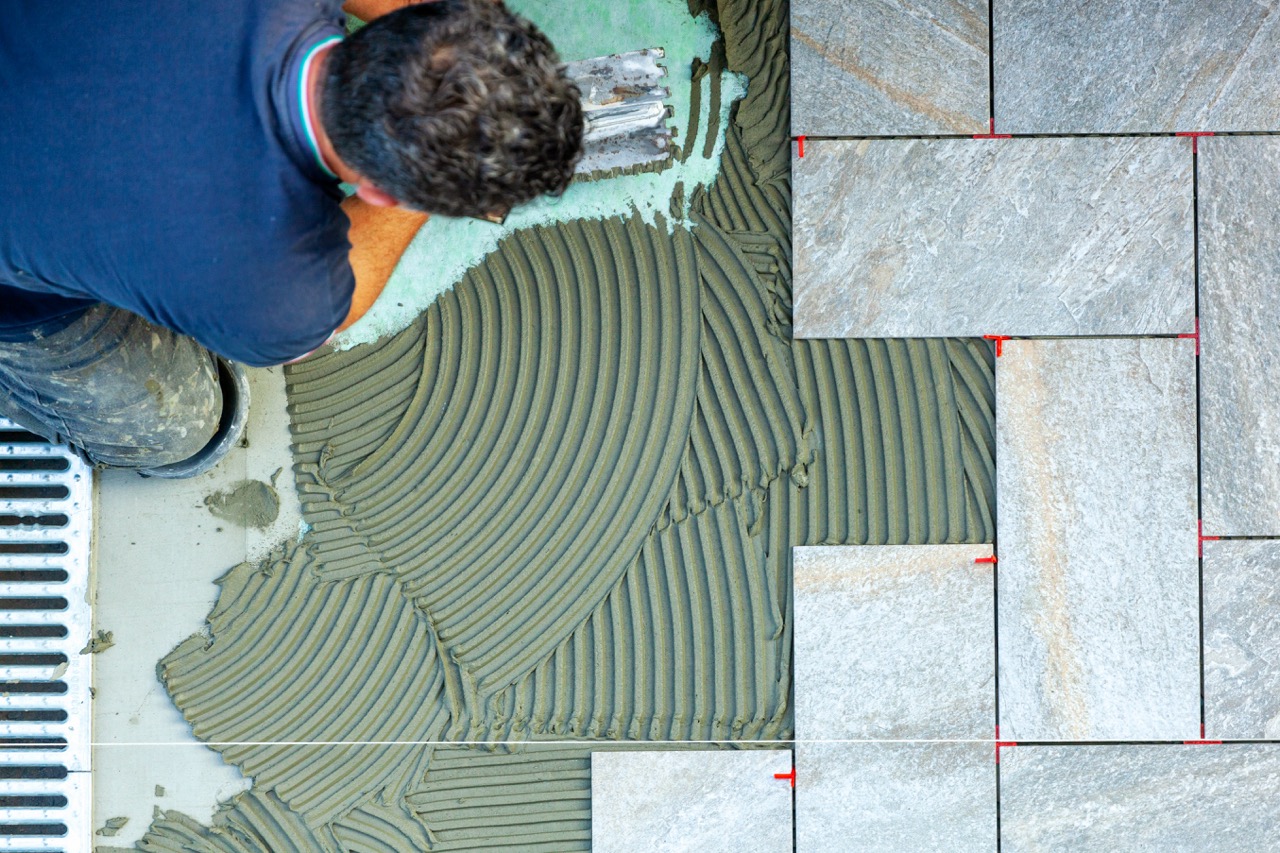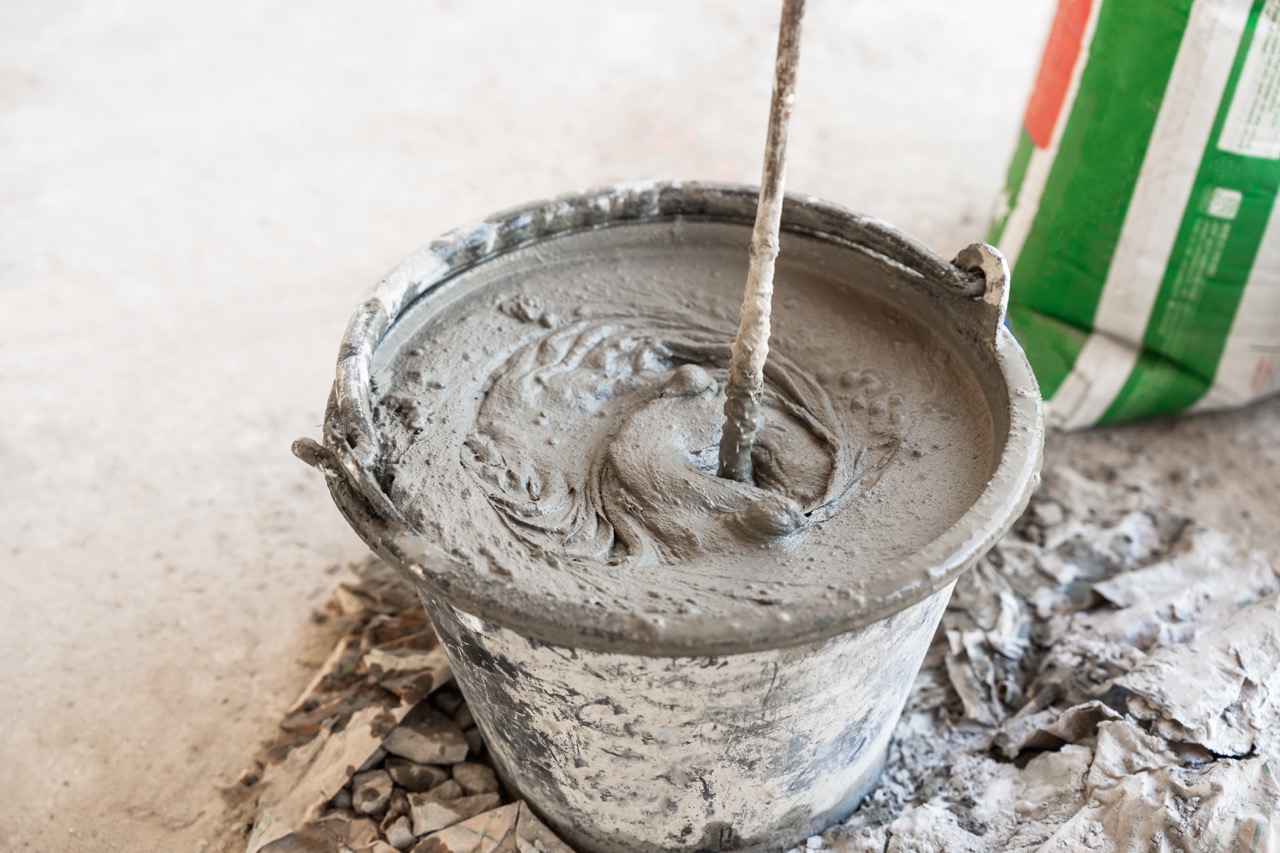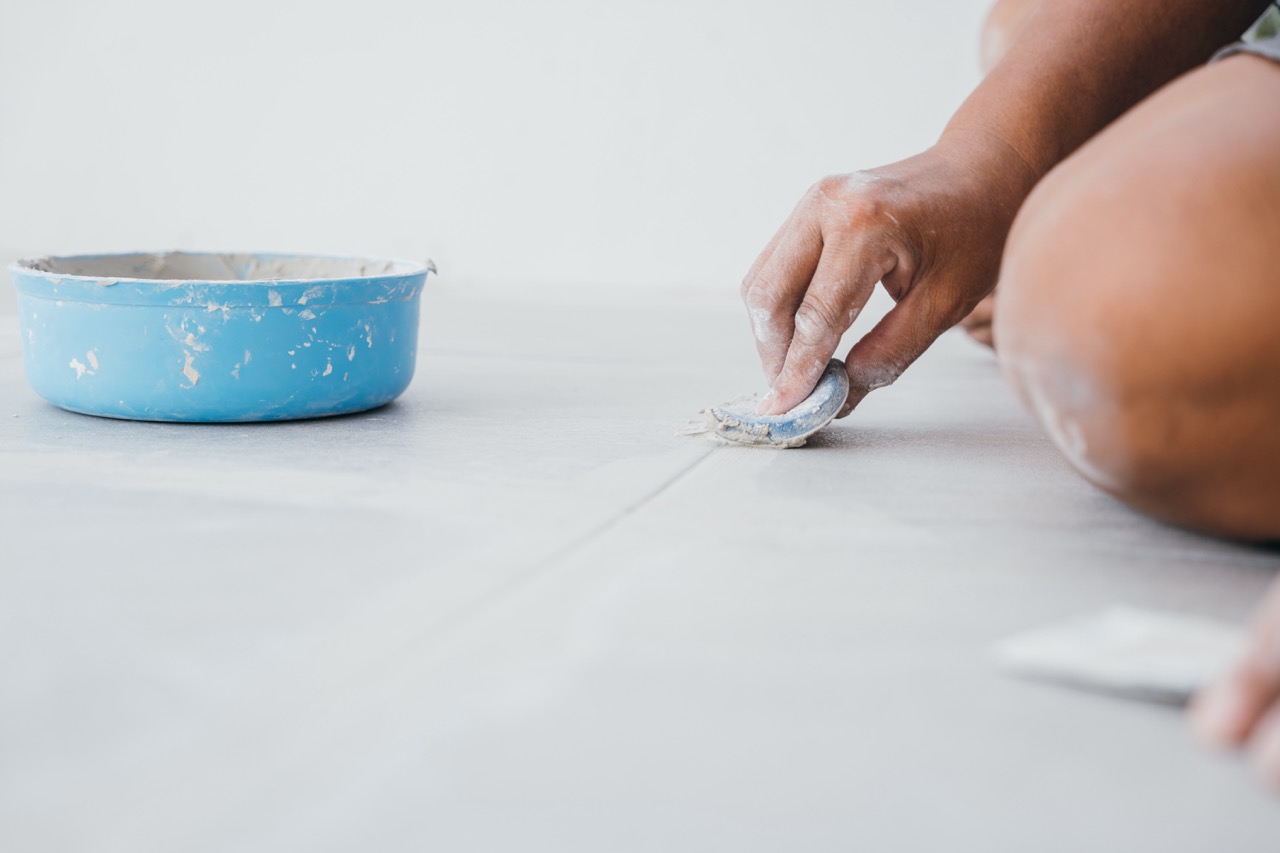Grout pens have become a popular quick-fix solution for refreshing the look of tiled surfaces, especially in kitchens where grout can quickly become stained or discolored. They’re convenient, inexpensive, and can instantly make a tiled backsplash or countertop look cleaner. But a common question homeowners ask is: how long do grout pens really last in a high-use area like the kitchen? To answer that, it’s important to look at how these products perform over time and what factors can influence their durability.
Understanding How Grout Pens Perform Over Time
Grout pens are essentially surface-level coloring tools that cover existing grout rather than replacing or sealing it entirely. When first applied, they create a neat and uniform look, masking discoloration and giving the illusion of freshly installed grout. However, because they don’t sink deeply into the grout or alter its structure, their improvements are more cosmetic than structural.
In most kitchens, grout pens can last anywhere from six months to a couple of years, depending on usage and maintenance. Areas exposed to frequent cleaning, spills, or grease splatters tend to show signs of fading more quickly. The finish may start to wear away after repeated wiping or when exposed to harsher cleaning chemicals, making the grout look patchy again.
That said, grout pens can be reapplied whenever the grout starts to look dull. Unlike a full grout restoration or replacement, touching up with a pen is much faster and requires minimal effort. This makes them a practical option for homeowners who want a refreshed look without investing in major renovations—though it’s important to set realistic expectations about their longevity.
Factors That Affect Their Durability in Kitchens
One of the biggest influences on grout pen lifespan is the level of traffic and activity in the kitchen. A kitchen that sees daily cooking, frequent cleaning, and heavy use of the backsplash or countertops will naturally wear down grout pen applications more quickly. High-traffic zones near the sink, stovetop, and food prep areas are often the first to show fading.
Cleaning routines also play a major role in how long the color from a grout pen lasts. Strong abrasive cleaners, regular scrubbing with stiff brushes, or harsh degreasers can strip away the pigment. On the other hand, using mild cleaners and wiping gently can help preserve the fresh look for a longer time. In this way, durability is tied not only to the pen itself but also to how the kitchen is cared for once the grout has been refreshed.
Environmental factors matter too. For example, grout near cooktops is exposed to heat, steam, and oil, which can degrade the painted surface faster than grout in less demanding areas. Even humidity levels can have an effect, as moisture buildup might cause discoloration or weaken the pigment’s adherence. Because of these influences, grout pens’ performance varies widely from kitchen to kitchen, making their lifespan highly situational.
Grout pens provide an affordable and easy way to bring tired kitchen grout back to life, but their results aren’t permanent. On average, they last several months to a couple of years, with the exact timeframe depending on usage, cleaning habits, and environmental exposure. While they aren’t a substitute for deep cleaning or re-grouting, they shine as a temporary cosmetic solution for homeowners who want an instant refresh. Understanding their strengths and limitations helps set realistic expectations and ensures you get the most out of their convenience.

